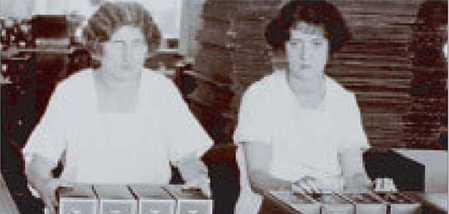Kotex - The World's First Sanitary Napkin!
During World War I, cotton production on European soil decreased. The decrease in the cotton produced in the soil caused a great crisis. Kimberly Clark researchers discovered that in this crisis environment, a new type of cotton could be produced from cotton: Cellucotton. The ‘cellucotton’ obtained by reprocessing the cotton tissue was also hygienically much higher quality that cotton. Kimberly Clark researchers made ‘Cellucotton’ five times more absorbent than cotton.






